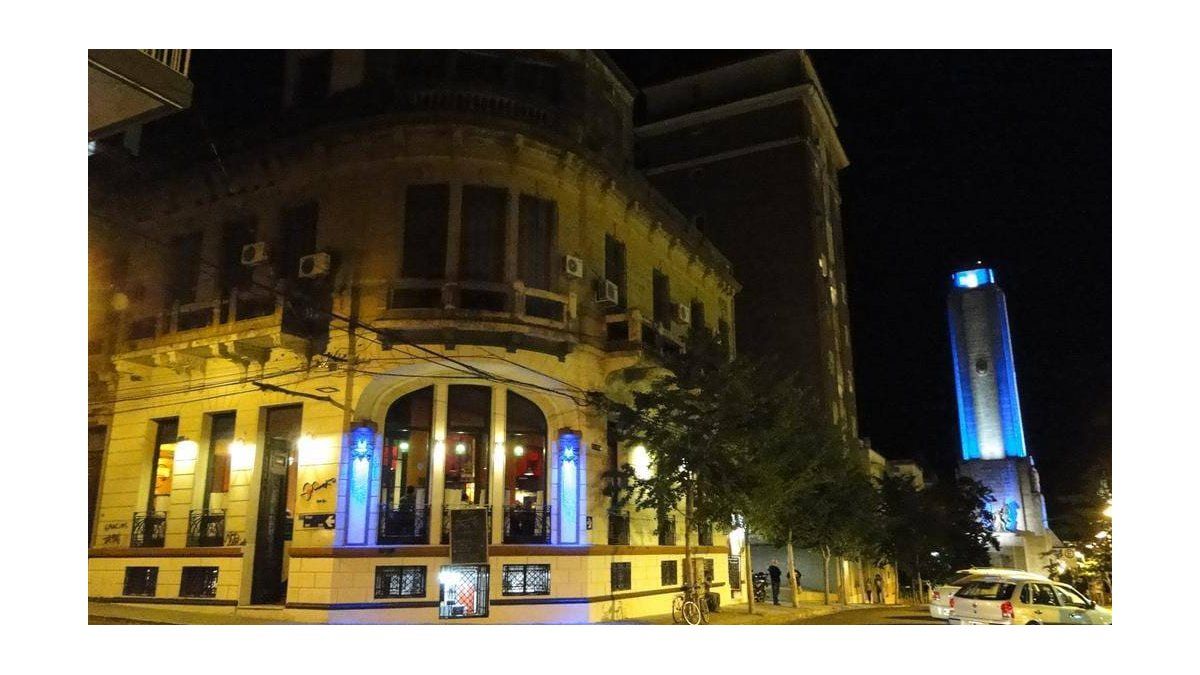Surveys published to date are based on regional elections From 28-AD to a rising popular party after hitting rock bottom four years ago in terms of the number of seats in the Parliament of the Canary Islands and the frustration that people of popularity should be excluded from any option of being in the government of the Canary Islands by not breaching the agreement that was looking for Canary Alliance When PSOE manages to bind the Venus Pact. The People’s Party has gone its own way in the cross in the islands in recent years, and now the national wave of the party favors it to improve the results of the 2019 elections. But also the political panorama in its ideological space is a disgust from the popularity against the scenario four years ago, among other reasons because it is in the elections Previously, the Ciudadanos (Cs) effect had thrown votes because both parties competed in the same electorate.
CS collapses in Archipelagoes at the same rate as the rest of the national territory. Practically the only options left for the orange formation are reduced to the City Council of Santa Cruz de Tenerife and some other institutions, so its institutional presence is seen as somewhat symbolic if it achieves enough votes to get it. In the 2019 provincial elections, Cs received 127,969 votes, 65,854 (7.28%) in the island constituencies and 62,115 votes in the provincial nomination, which was open at the time. Finally, the oranges got two seats in the chamber, one for each county.
Demographic studies conducted so far show that a large portion of the votes that Ciudadanos won in the elections are absorbed by the People’s Party. After the fragmentation experienced by the center-right in previous electoral appointments, this electoral and ideological space is reconfigured in front of that of the left and paves the way once the Cs are liquidated. Genoa’s strategy is also to get part of the Vox vote, especially in those regions where it has a greater presence, which did not happen in the Canary Islands.
Local and island parties such as Unidos por Gran Canaria compete with popular parties for votes that could be crucial to achieving more representation.
Vox did not achieve representation in Canary Islands institutions in the 2019 regional and municipal elections, which it did in the general elections With a deputy for each province. Four years ago, the far-right formation received 44,256 votes distributed almost evenly between the island and the independent constituencies, and did not overcome electoral barriers to enter Parliament. One of the unknowns to be made clear in the 28-M electoral designation is whether or not Vox approves of any Canarian institution, be it parliament or local businesses, and it appears that the party headed by Santiago Abascal may actually have a chance. Faced with what was a Ciudadanos phenomenon, the Canary People’s Party wasn’t too worried about votes Vox could steal in the islands because voters vote 28-M more in a local key than a national one, especially considering that seven months at that time will be There are general elections.
The isolated configuration of the Canary Islands adds certain characteristics to the political scenario Confronting the elections with isolated and local options and alternatives that can subtract the votes of the main parties, whether from the right or to the left of the ideological spectrum. The CPC is concerned about the power United for Gran Canaria (UxGC) might wield, perhaps not because of the institutional representation it gets but because of the votes it might subtract from it on the island. Several candidates come from the isolationist formation of the People’s Party – Enrique Hernandez Pinto, Carmen Guerra, Lucas Bravo de Laguna, Jose Miguel Bravo de Laguna … – and after leaving his electoral pact with the Coordination Committee in 2019, he now seeks to maintain his presence in Less place in Cabildo and in the city council of the capital and even the realization of the mayor’s office of Santa Brígida with veteran José Miguel Bravo, a municipality so far in the hands of the PP. But UxGC has also submitted an Independent Constituency candidacy to Parliament, with Anna Sheriff placing first, although her chances are practically nil.
Along with the Unidos, there are also other small formations that seek to be articulated on local governments and navigate the fishing area located in the right of the center, as also in Gran Canaria of Let’s Talk Now, which presents itself to the Cabildo, but also many halls The city is on the island between Las Palmas de Gran Canaria and San Bartolomé de Tirajana, the latter also with some option of having council work.
Besides these isolationist formations and the wide array of local parties and groups that emerge in the islands’ municipalities, the center-right space still has notable rivals on islands such as Tenerife – the PPP and the CC – against the PSOE. On non-capital islands, the ideological boundaries are more blurred because on islands like La Palma or Lanzarote, the PP and PSOE have agreed.
There are curious cases such as that of the former deputy and ex-president of the People’s Party of Fuerteventura, Ogueda Montelongo, who heads the regional candidacy for the Municipal Assemblies of Fuerteventura (AMF), as well as being number two in the Cabildo of Majorira Island. In short, less dispersal in the vote than it was four years ago, which benefits the options of the People’s Party and is even able to give the Canary Alliance an overwhelming role in the next parliament.




